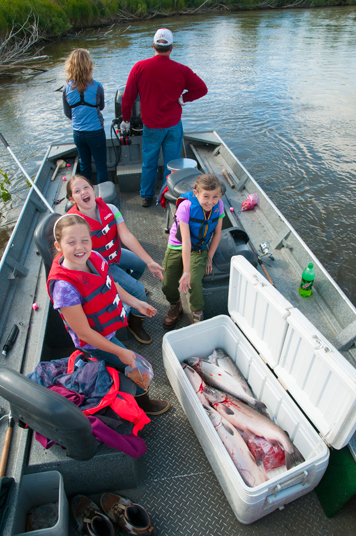-
Government
-
Transparency
Elections
-
-
Services
-
Taxes
Roads & Utilities
Waste Services
Permitting & Platting
Emergency Services
Businesses
-
-
Projects & Development
-
Studies and Research
Projects
Development
Initiatives
eCommerce
Plans
Public Works
-
-
Property & Maps
-
Downloadable Maps
-
-
Lifestyle
-
Facilities
Borough Libraries
Trails
Initiatives
-
-
About
-
Join Us
-
Matanuska-Susitna Borough

